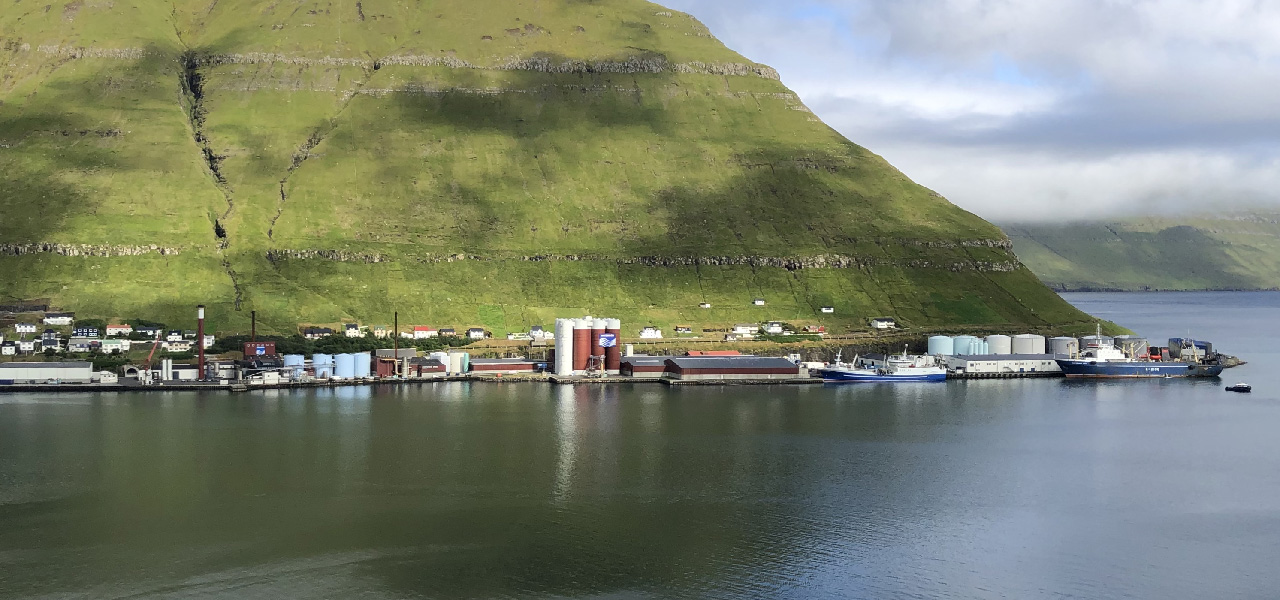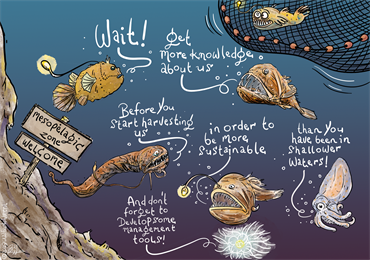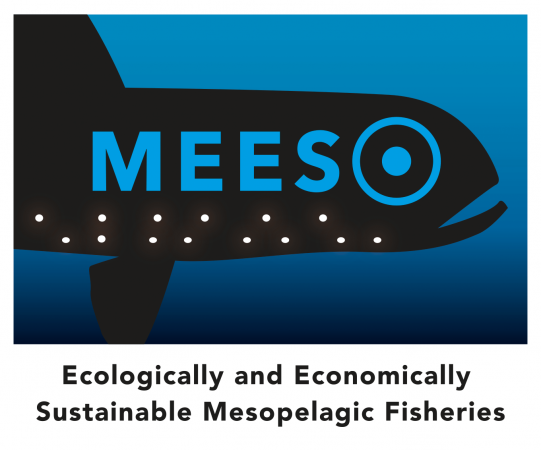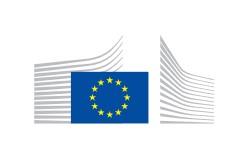
Projects
MEESO
Ecologically and economically sustainable mesopelagic fisheries (MEESO)
The MEESO project officially ended in February 2024.
In the MEESO project researchers looked—together with the industry—into whether organisms living deep in the oceans can be exploited in an ecologically and economically sustainable way.
EFFOP was partner of the MEESO project funded by the EU Horizon 2020 (Blue Growth), 2019-2023 and contributed its expertise from the fish processing aspect and protein concentration methods
Read about the MEESO project at the website: click here
The EU H2020 research project had 19 partners from 10 European countries and it is coordinated by Institute Marine Research in Norway. The kickoff meeting was held in Bilbao, Spain, from 24 to 26 September 2019.
The overall goal of MEESO was to quantify the spatio-temporal distributions of biomass, production and ecosystem role of mesopelagic resources and to assess options to sustainably manage and govern their exploitation. To reach this goal, MEESO created new knowledge and data on the mesopelagic community, its biodiversity, drivers of its biomass and its role in carbon sequestration, its role in the oceanic ecosystem and its interactions with the epipelagic community which includes several important commercial fish stocks. Besides applying state of the art experimental and quantitative methods, MEESO developed and implemented new acoustic and trawling technologies necessary for the knowledge and data generation in relation to this largely unknown and remote part of marine ecosystems.
MEESO applied the new knowledge and data to determine the potential of the mesopelagic biomass to be sustainably exploited for products included in the human food chain. For the first time combining leading experts in science, engineering, fisheries and governance, MEESO tested the ability to develop commercial fishing and processing technologies and mapping of contaminant and nutrient contents to explore the basis for a viable fishery and creation of jobs. Mesopelagic organisms represent one of the largest unexploited resource left in the world’s oceans, with a recent biomass estimate at 10 billion metric tons. The new tools and technologies, as well as assessment and management roadmaps, developed in MEESO helped the industry to understand more about the bottlenecks of implementing a fishery on such a novel and unexplored part of our oceans. There is still some way to go but we now have improved knowledge on the trade-offs between exploitation, sustainability and viability of the resource and options for its governance.
Can mesopelagic fish be used as feed sources for salmon aquaculture?
A recent article gives answers to the question, read the article: click here
The overall conclusions from the article are that the mesopelagic layer contains protein and lipid sources that could supply raw materials to the salmon aquaculture industry. However, high levels of wax esters, cadmium and arsenic needs to be addressed.
ICES explores the opportunities and risks of developing fisheries in the mesopelagic zocone – click here
Known as “the twilight zone”, the mesopelagic begins where only 1% of light reaches and ends where there is no light at all. Typically, this means that the mesopelagic extends from ca. 200–1000 metres below the water’s surface.
Mesopelagic organisms (mainly fish and squid) have long been proposed as a potentially harvestable resource and estimates suggest that the mesopelagic realm could contain a total fish biomass on the order of 2-19.5 gigatonnes, roughly equivalent to 100 times the annual catch of all existing fisheries.
As a result, and in the context of feeding an ever-growing human population, there is an increasing interest in their use for human consumption, fishmeal, as a source of dietary supplements for humans, and to bio-prospect pharmaceuticals.
The latest issue of ICES Journal of Marine Science takes a closer look at the opportunities and risks associated with the exploitation of mesopelagic resources – click here (This issue has open access – free to access for all readers).

Drawing by Bas Kohler, source: ICES Journal of Marine Science



